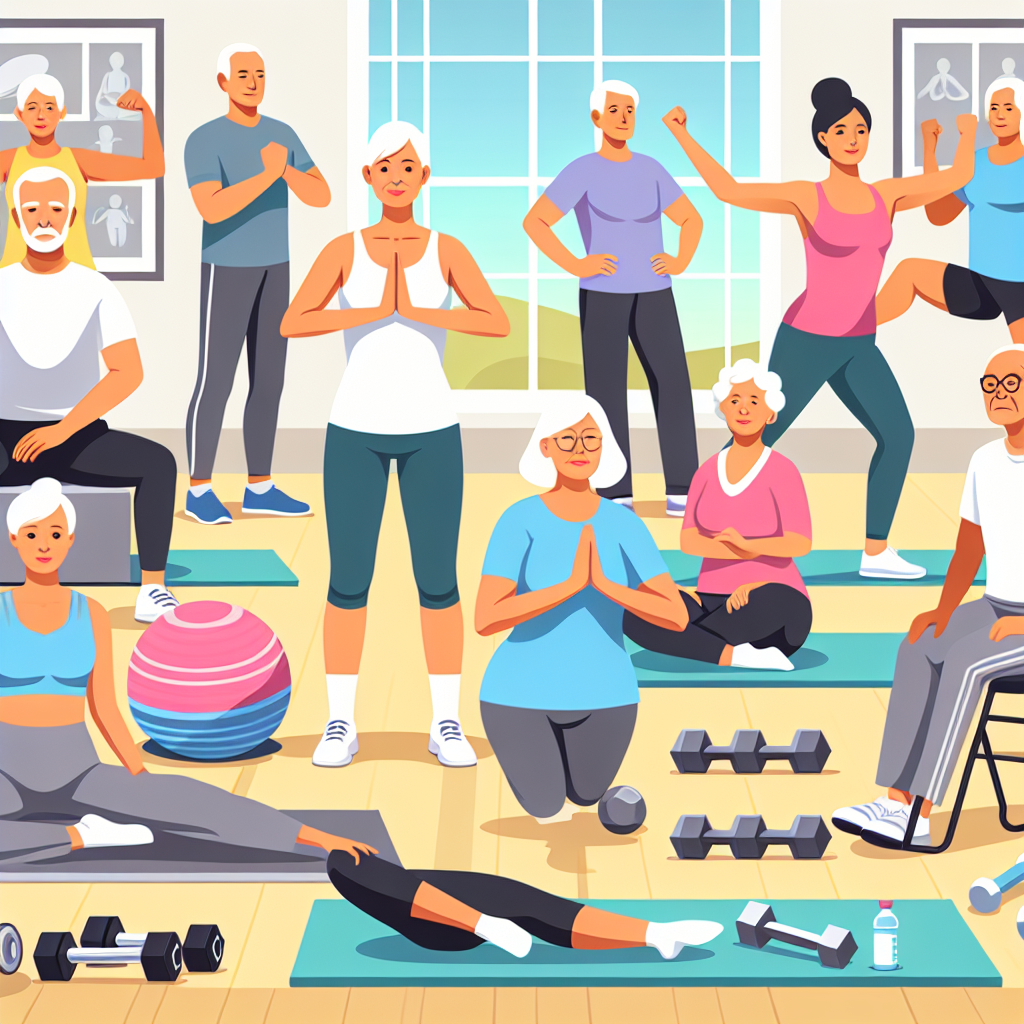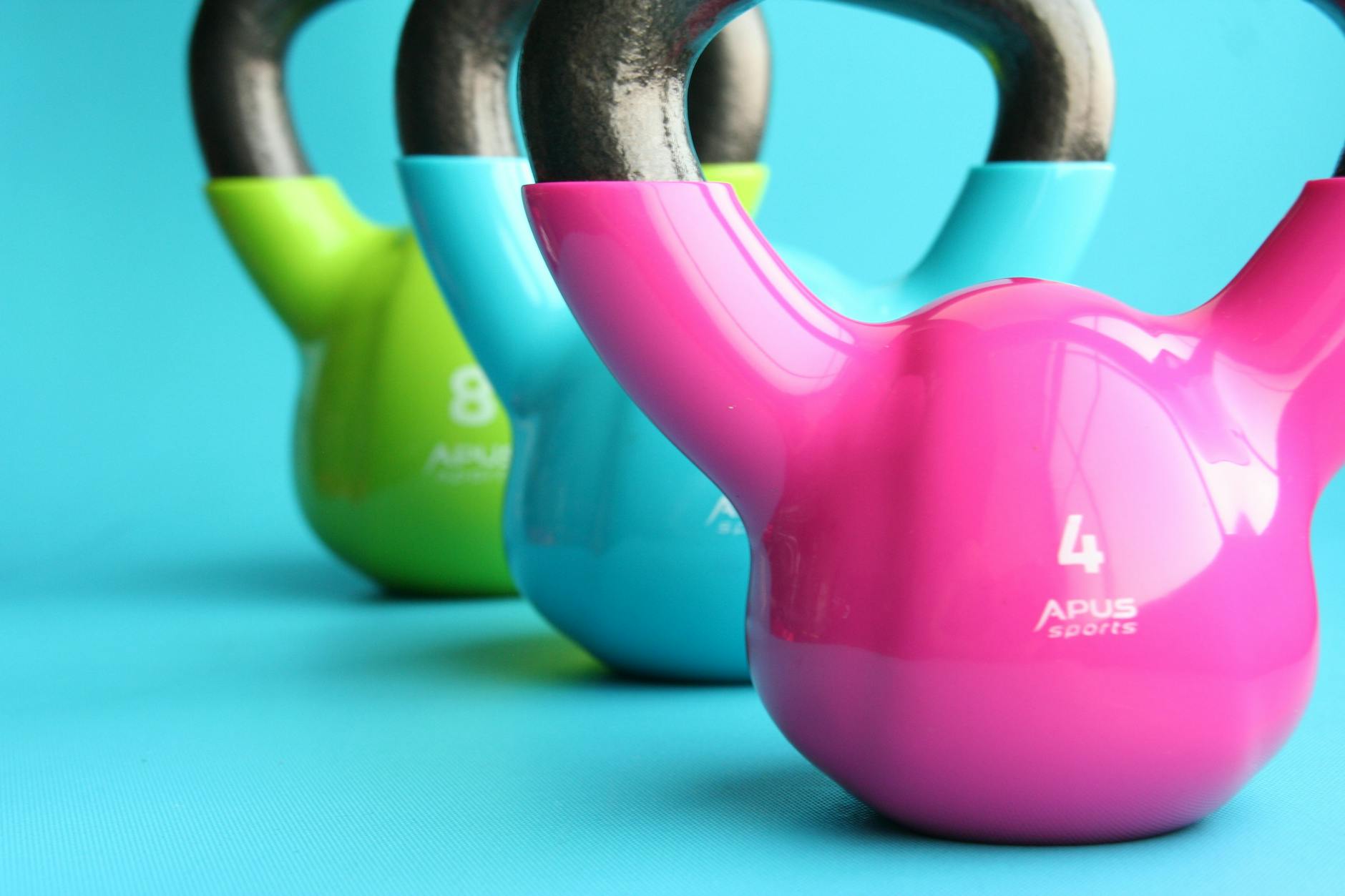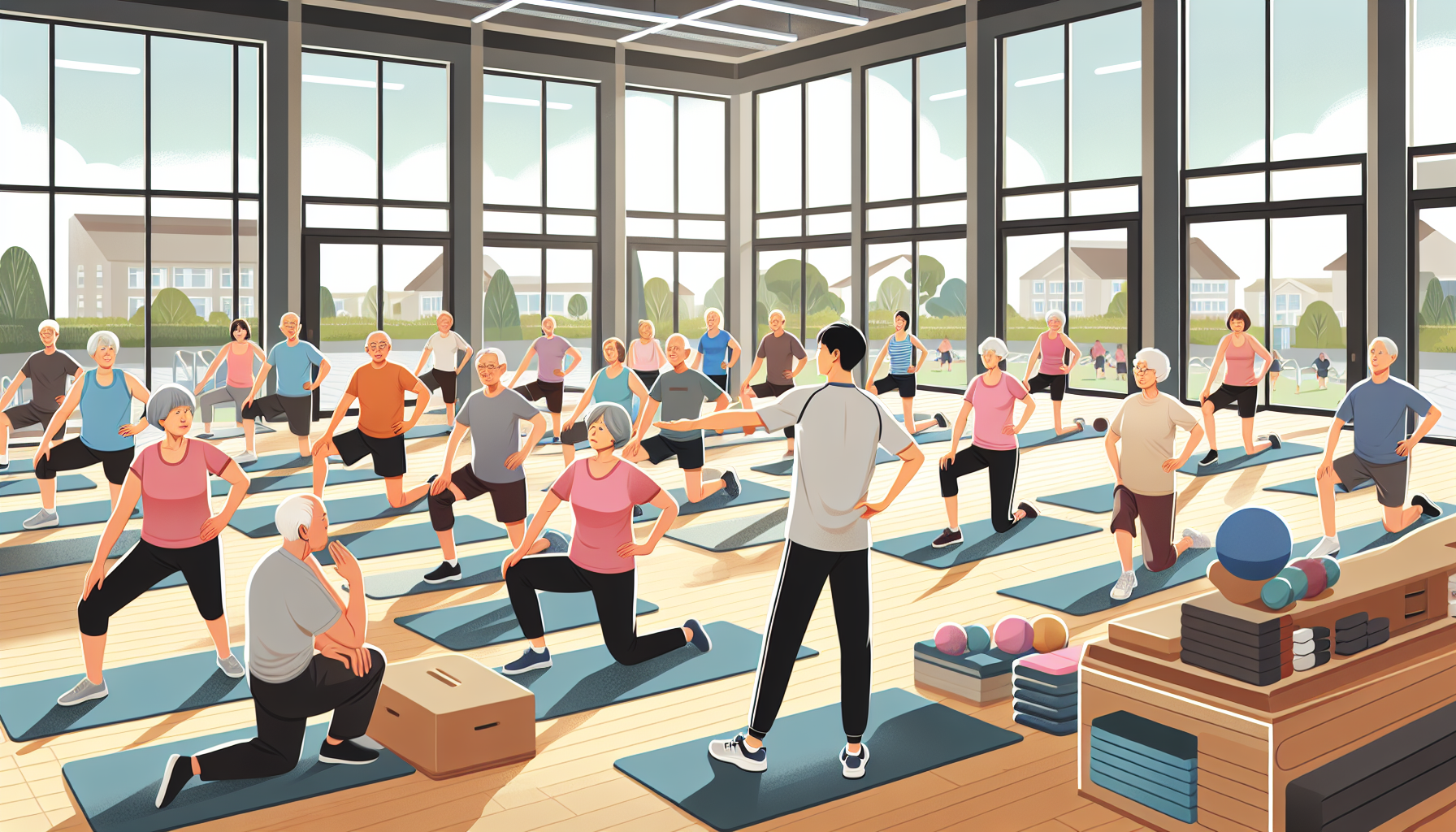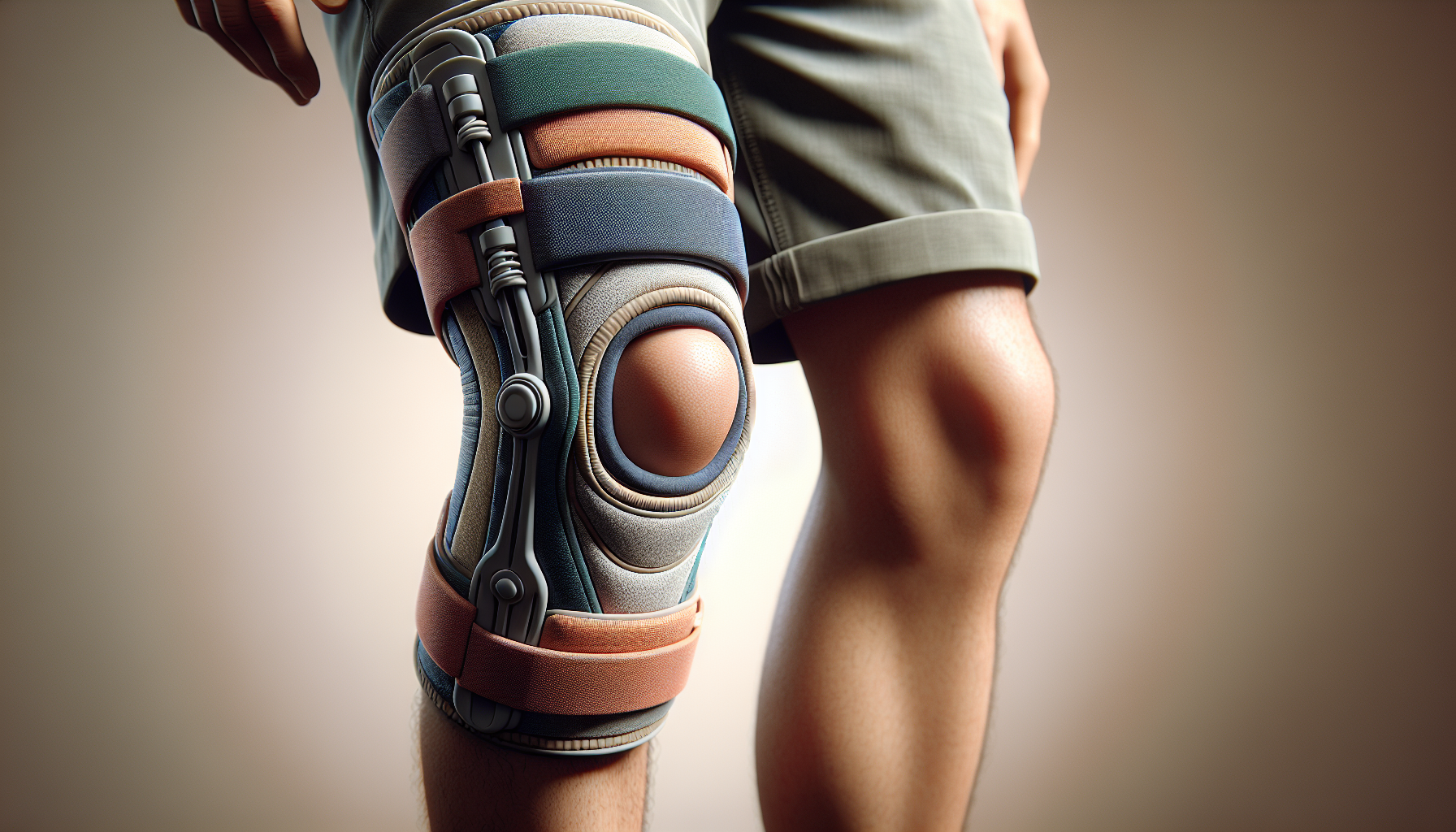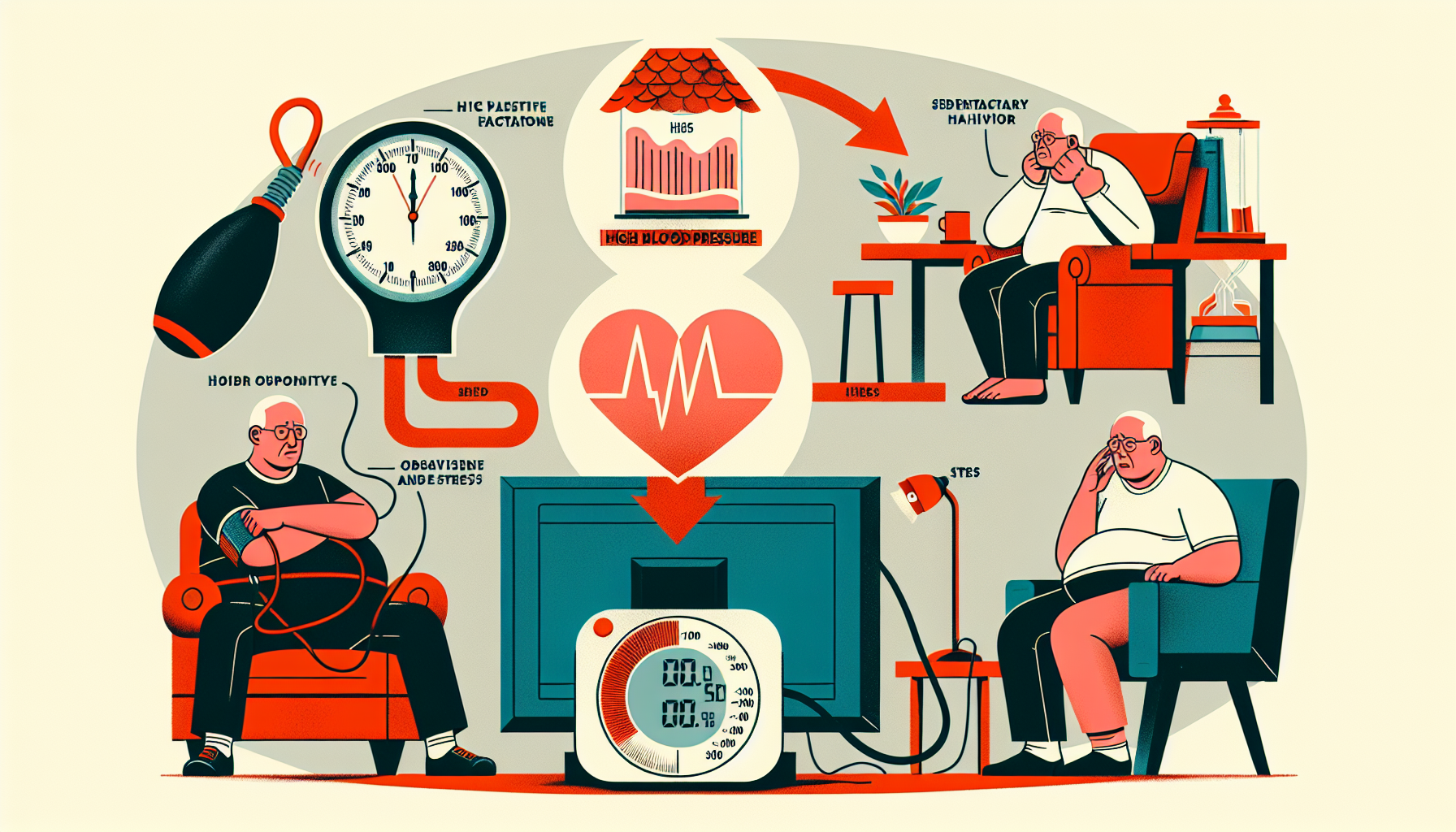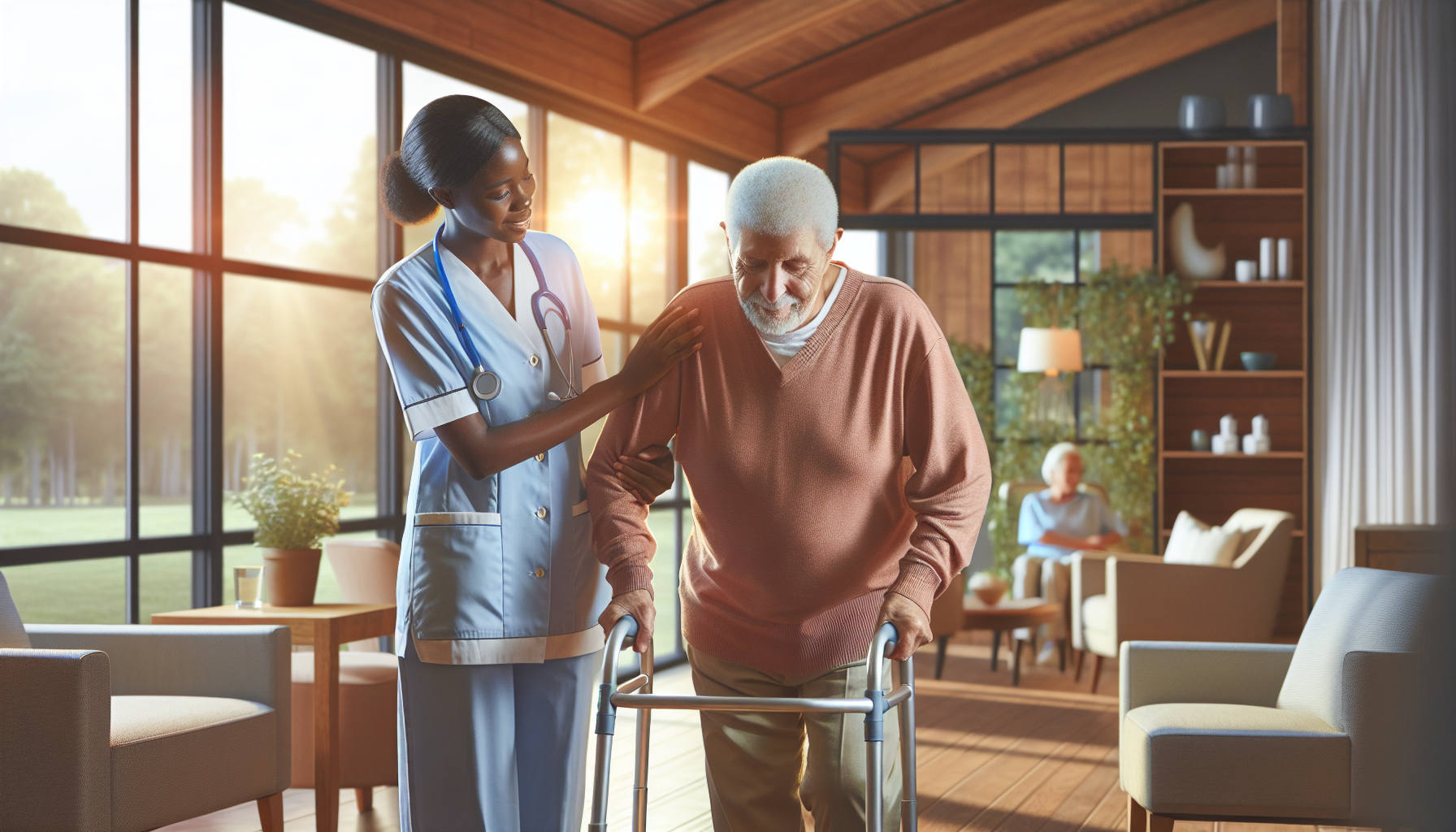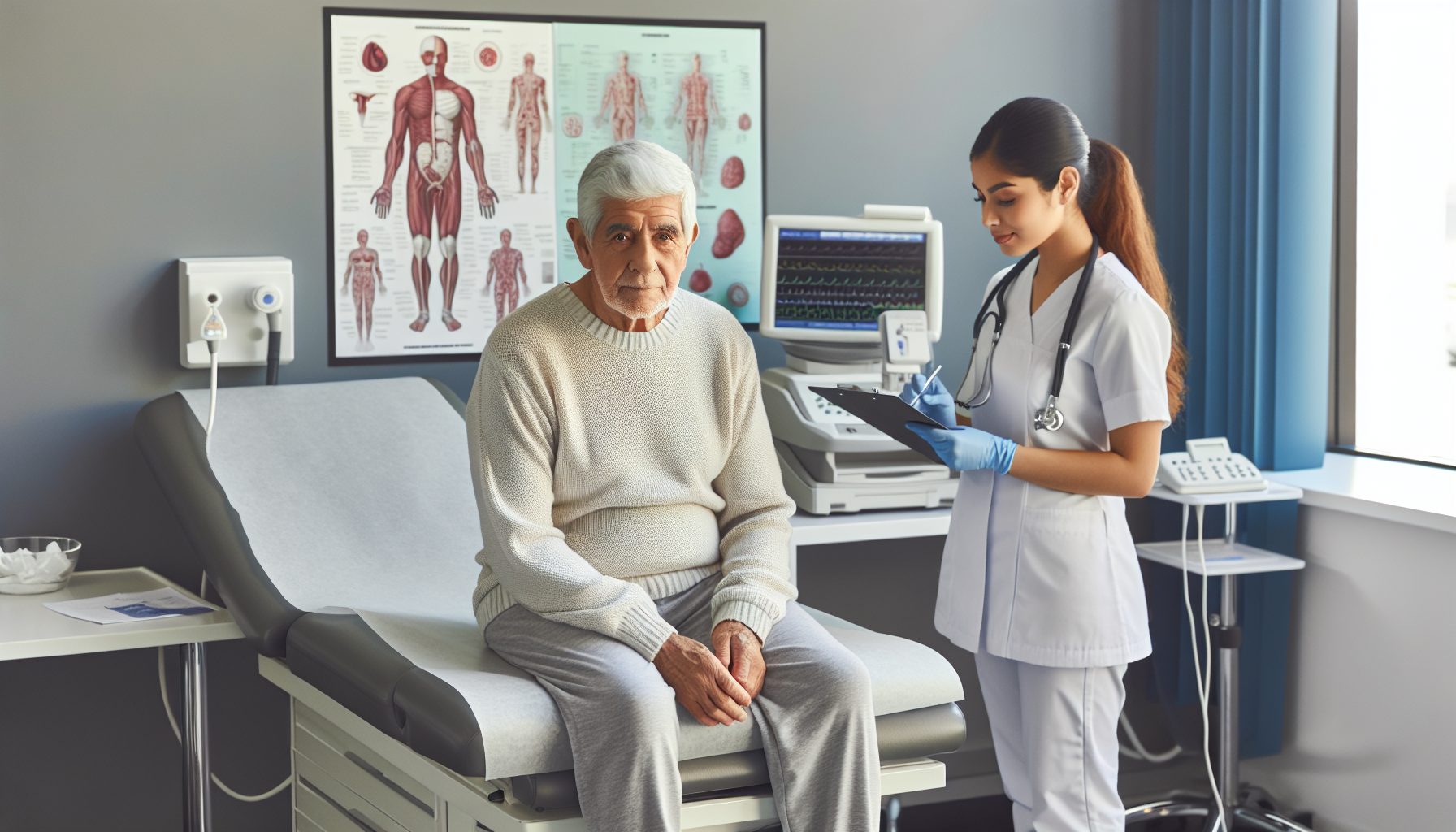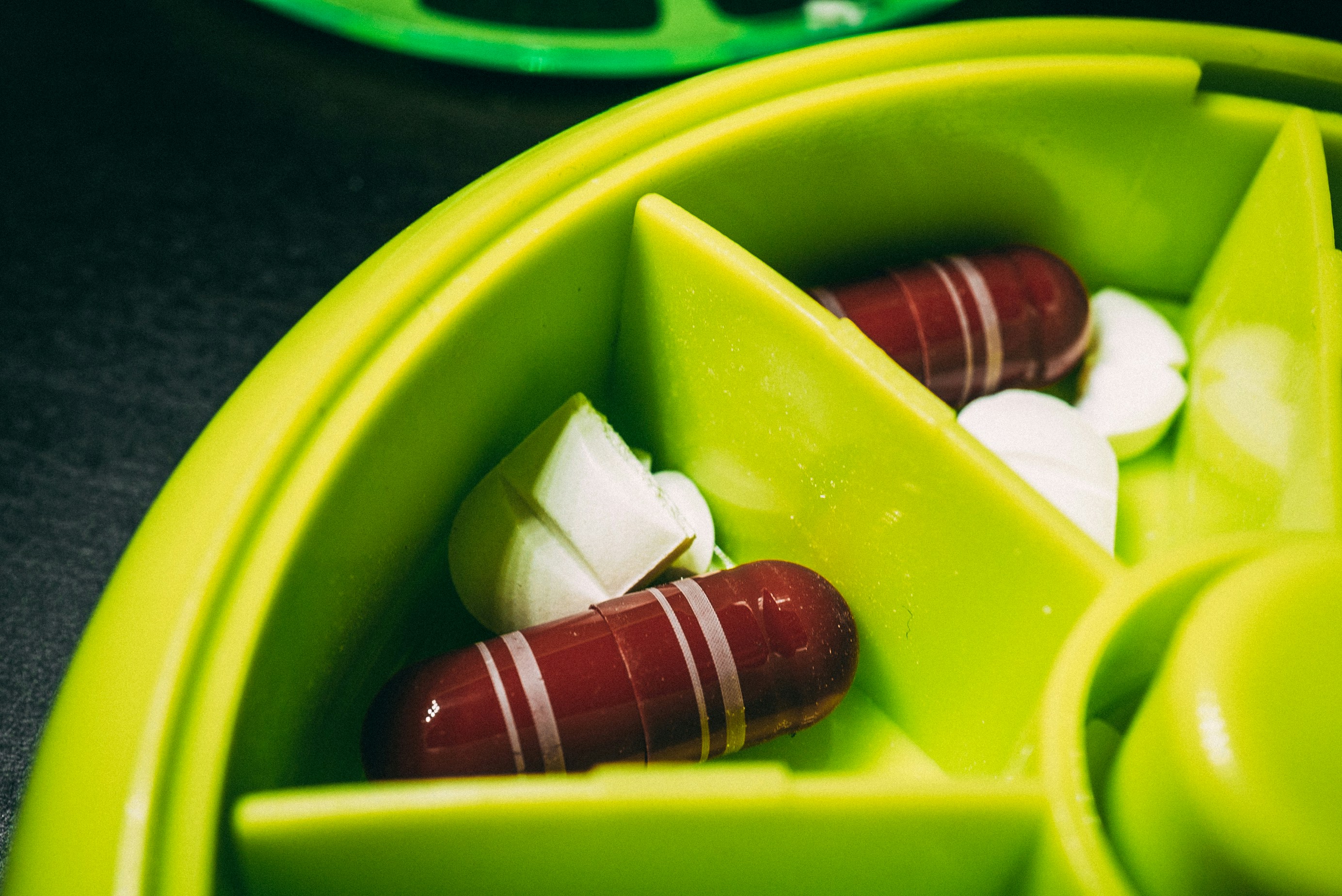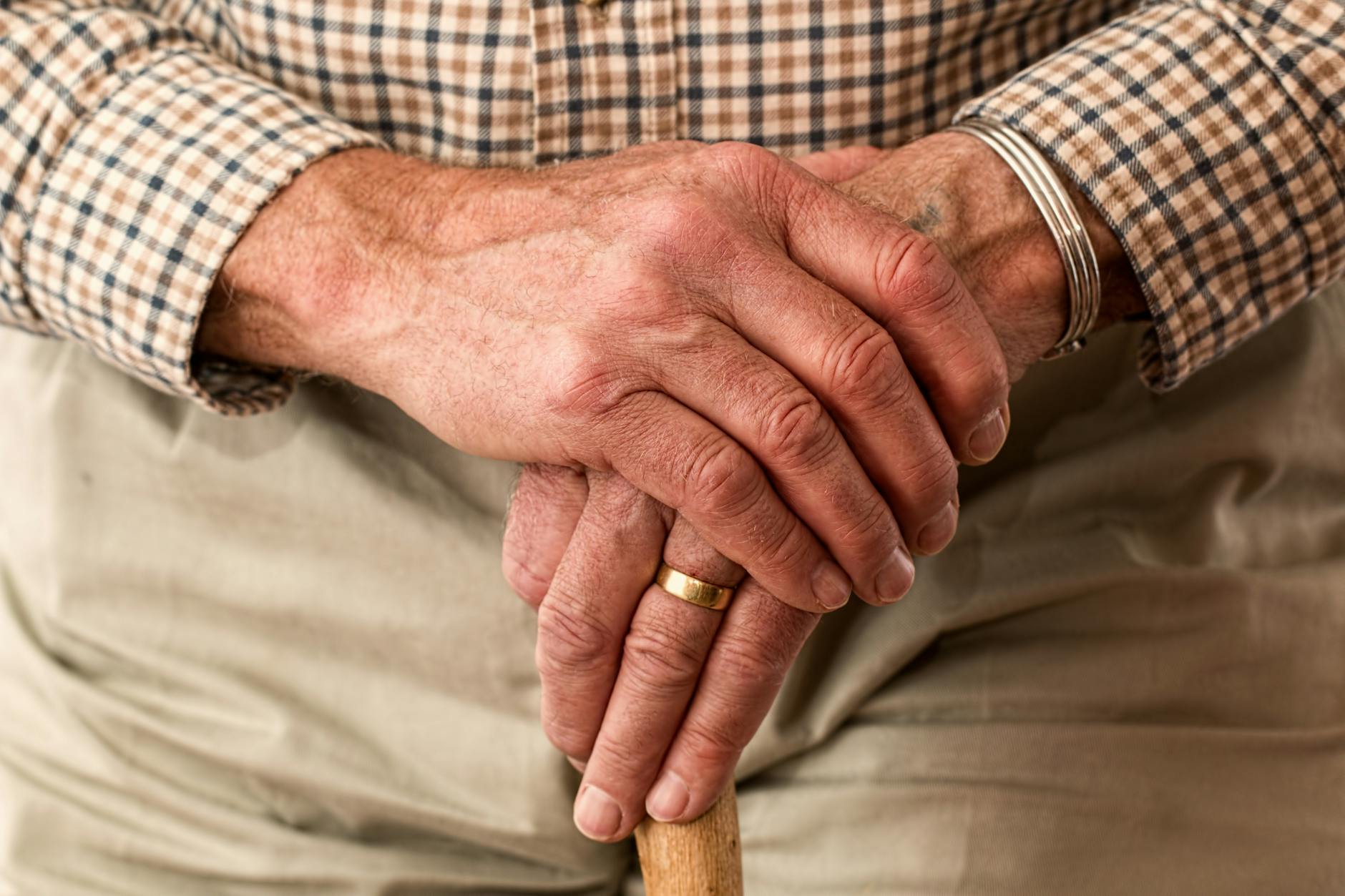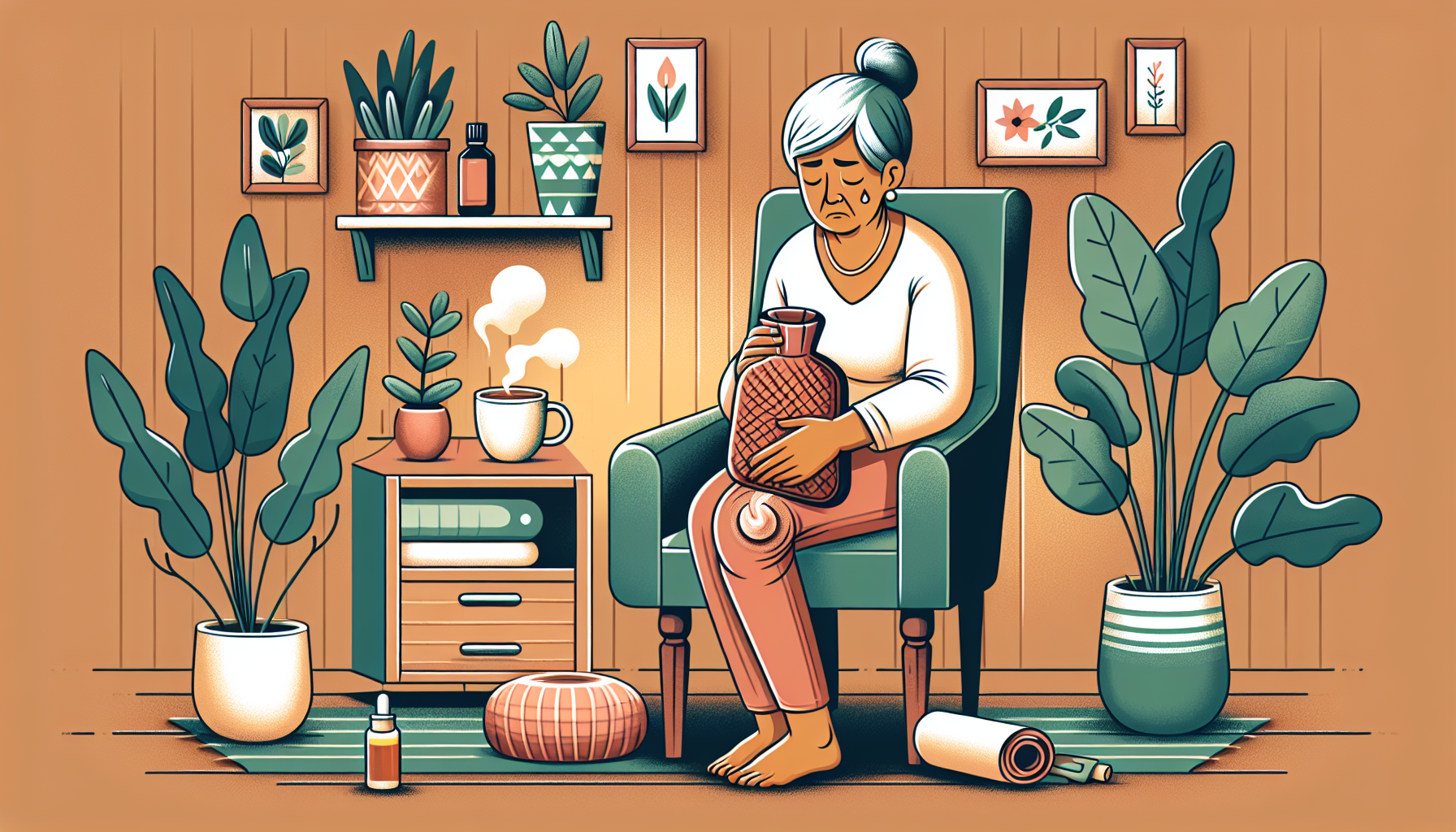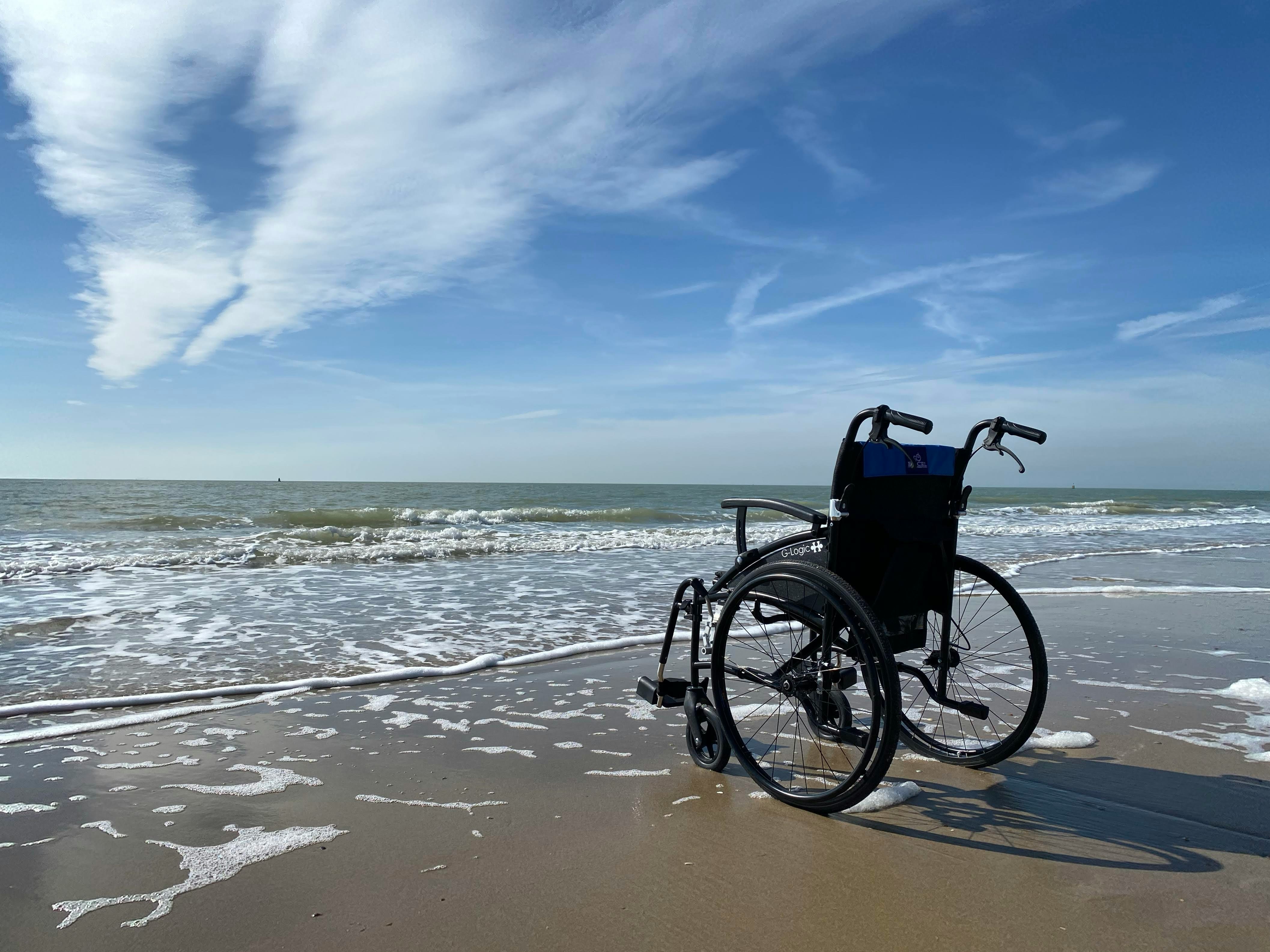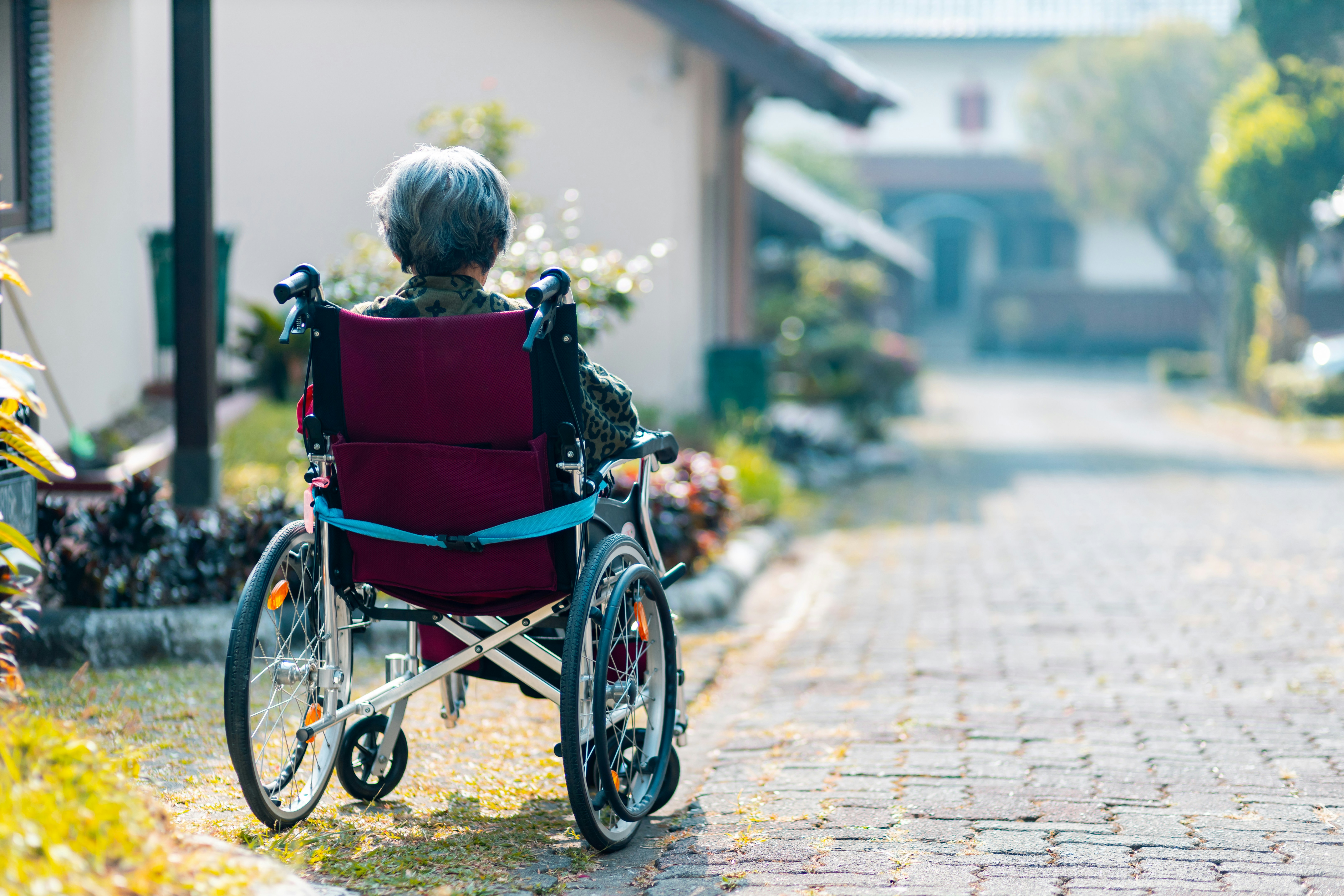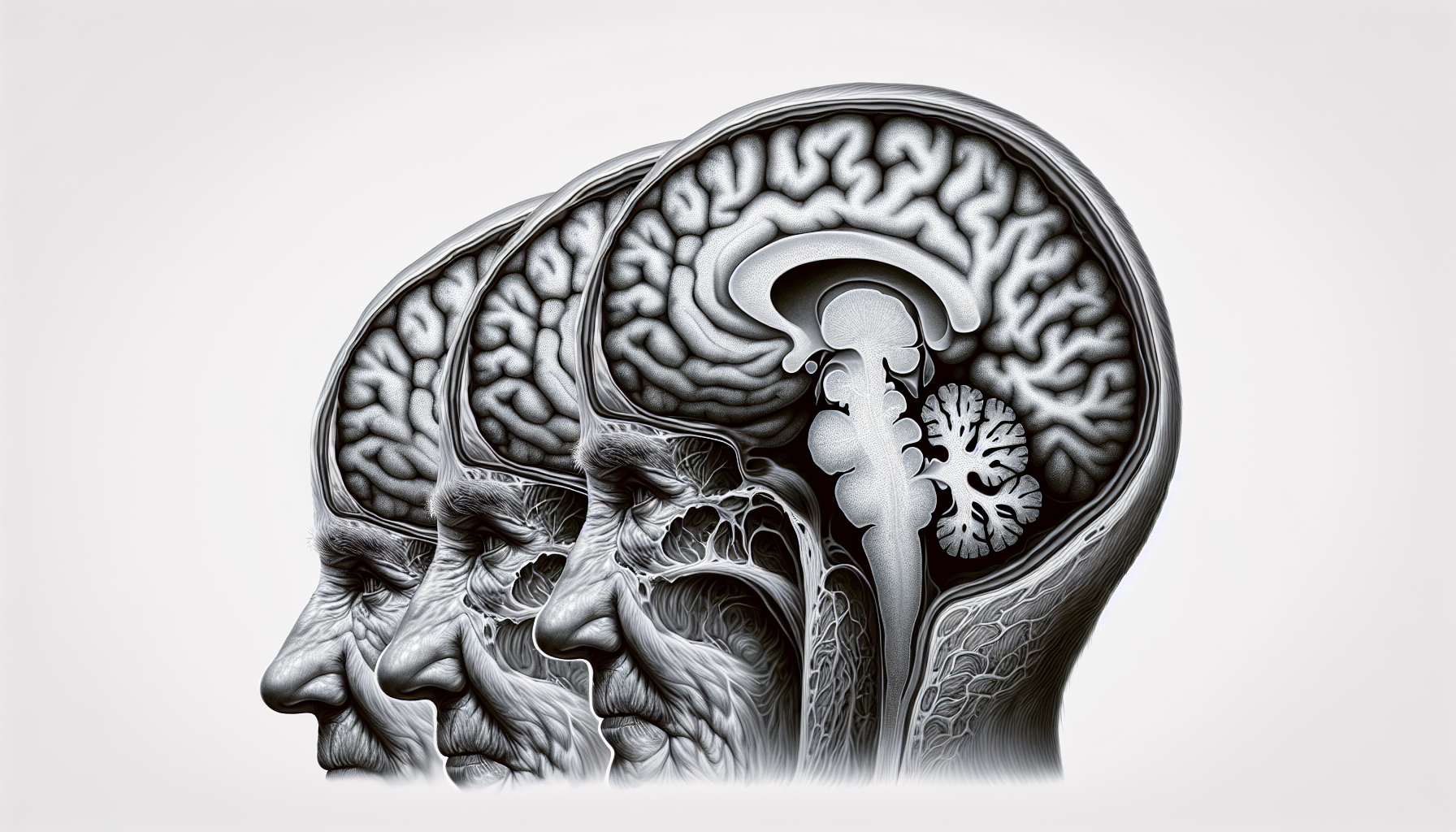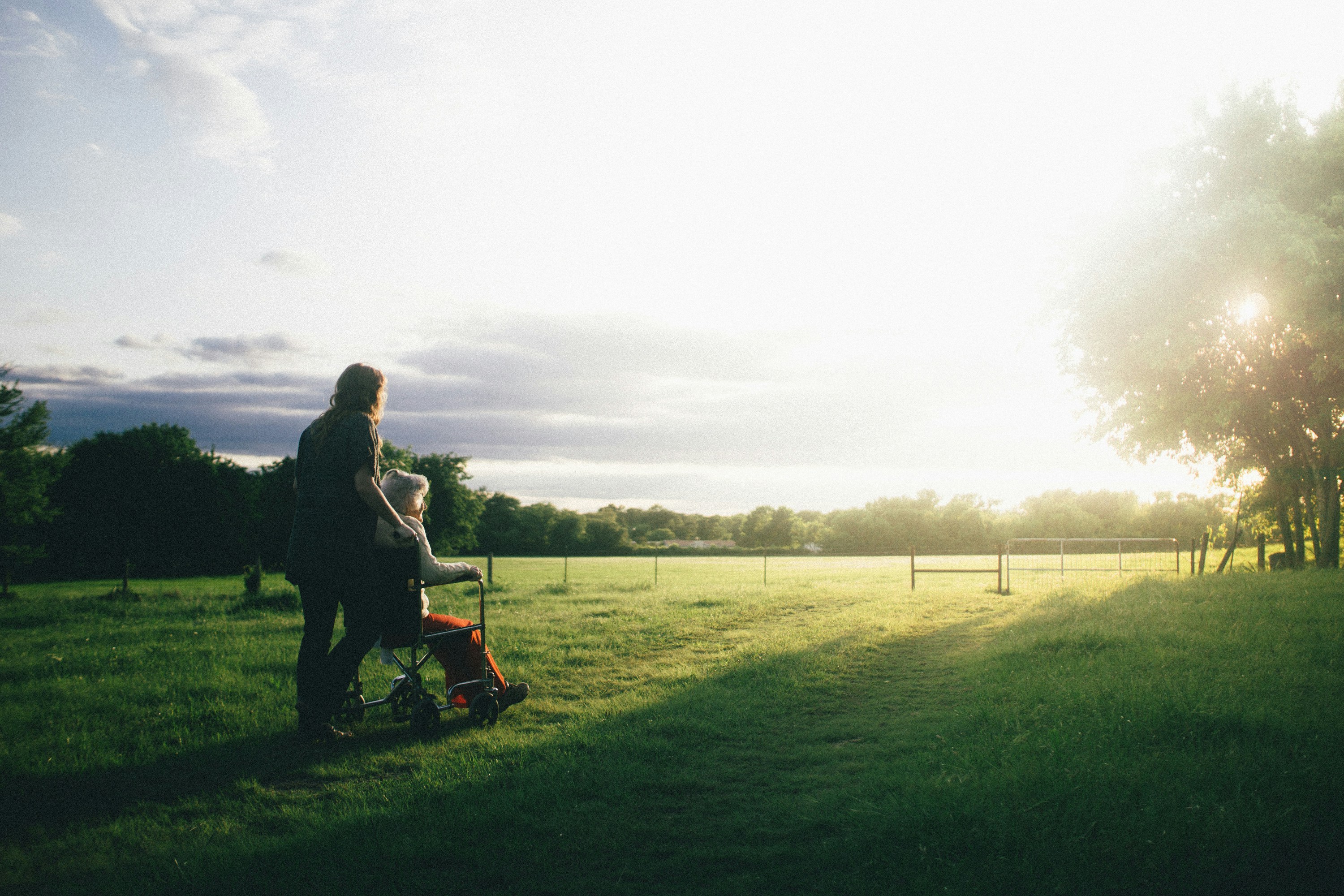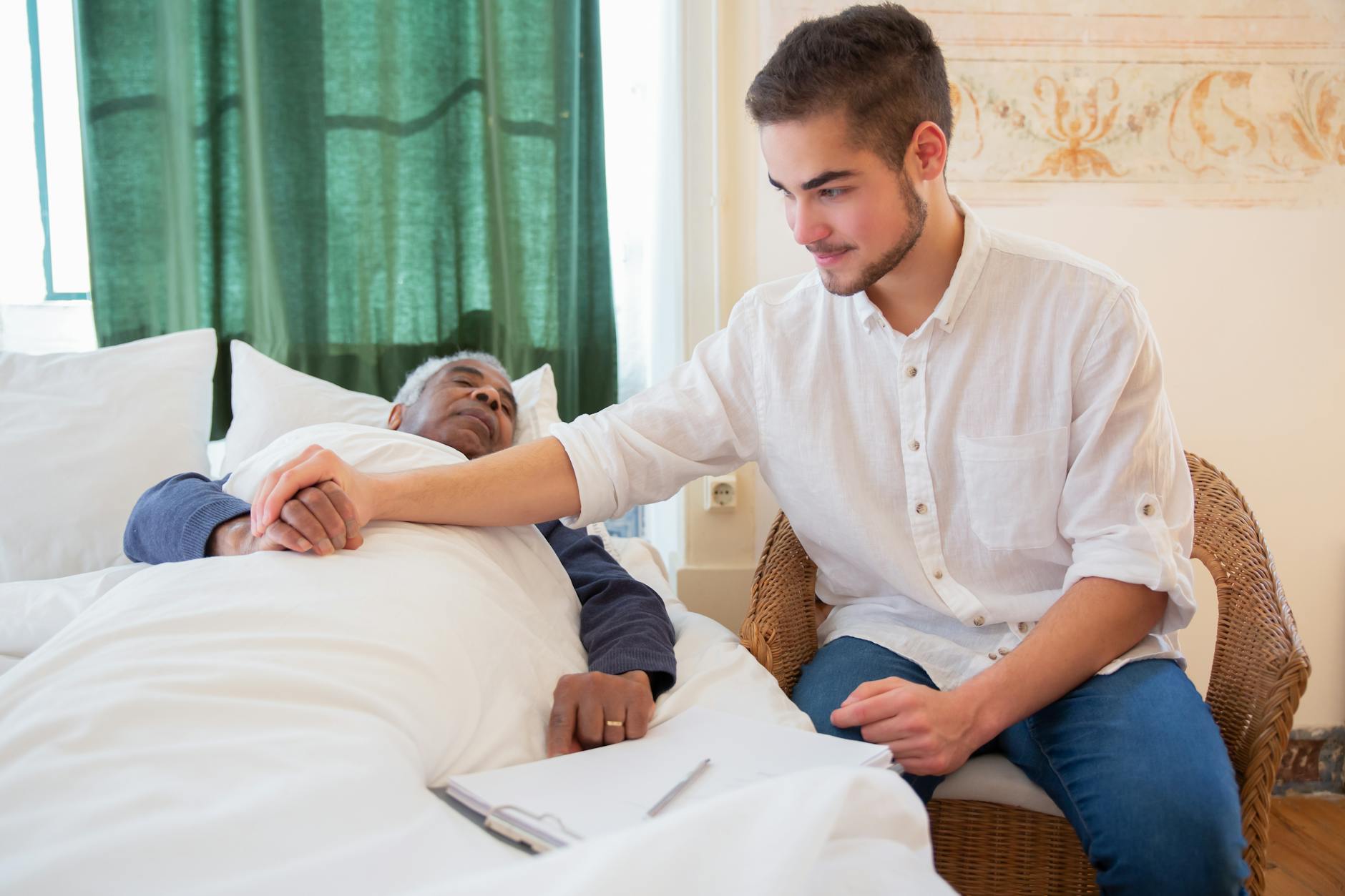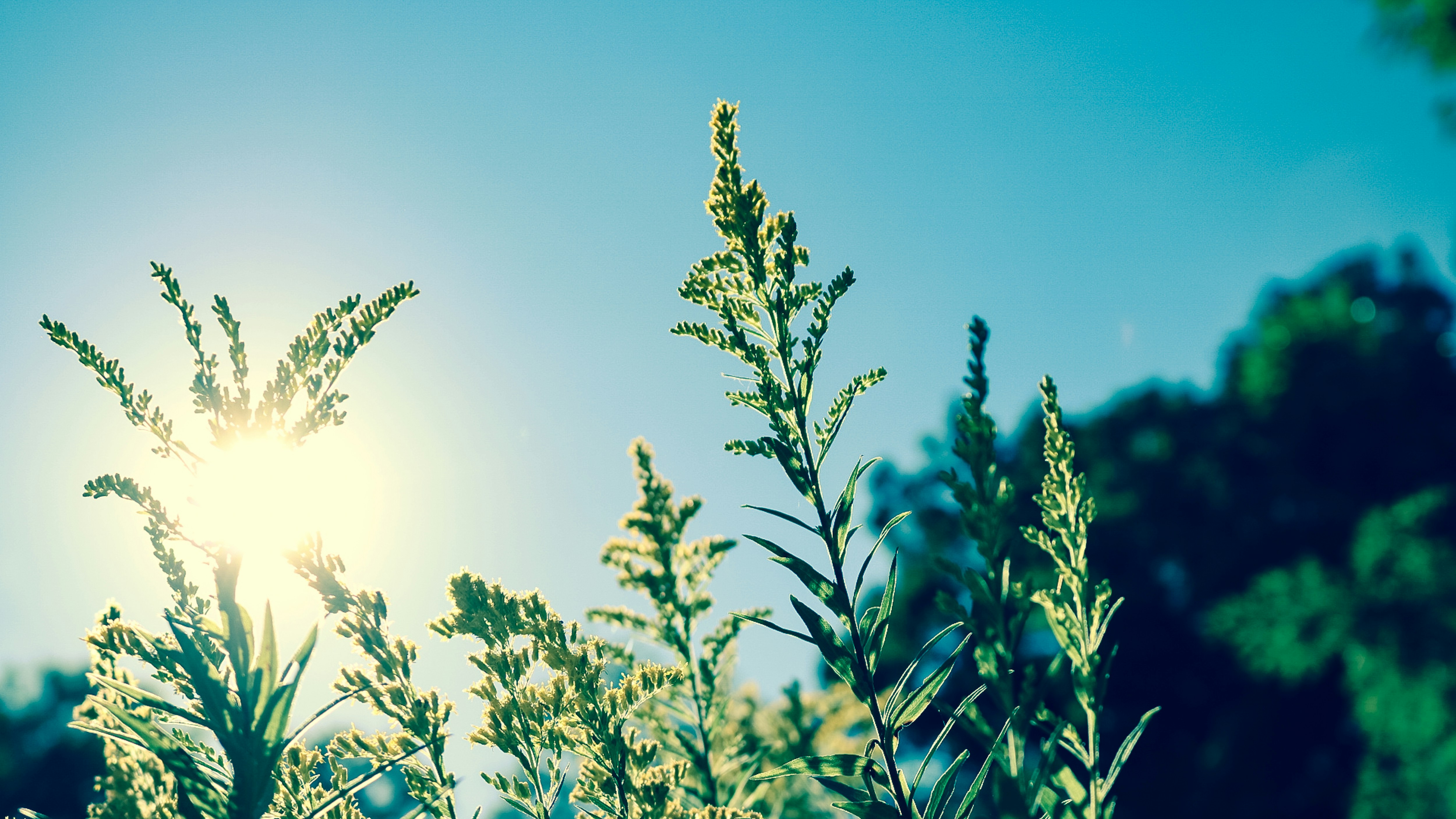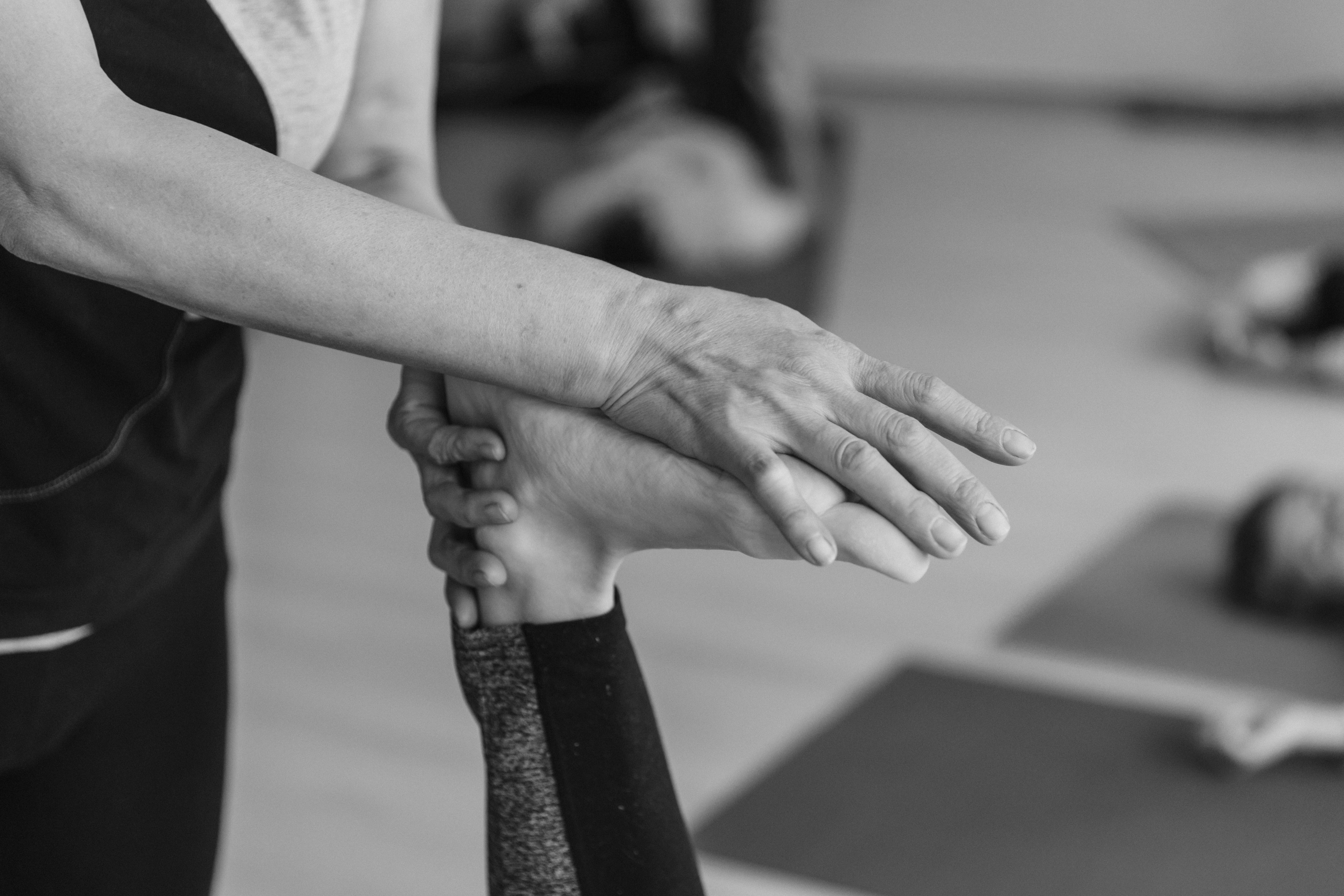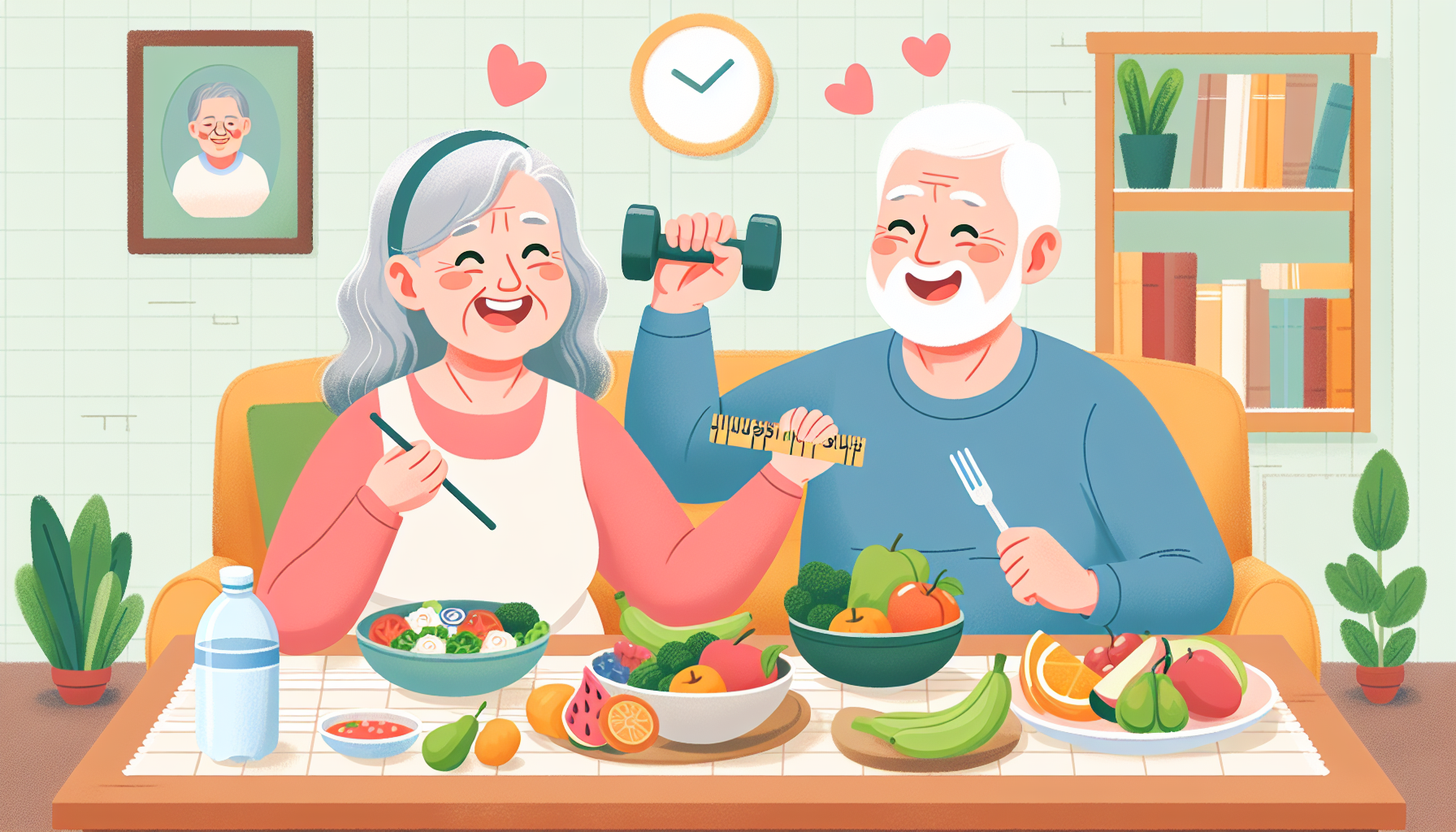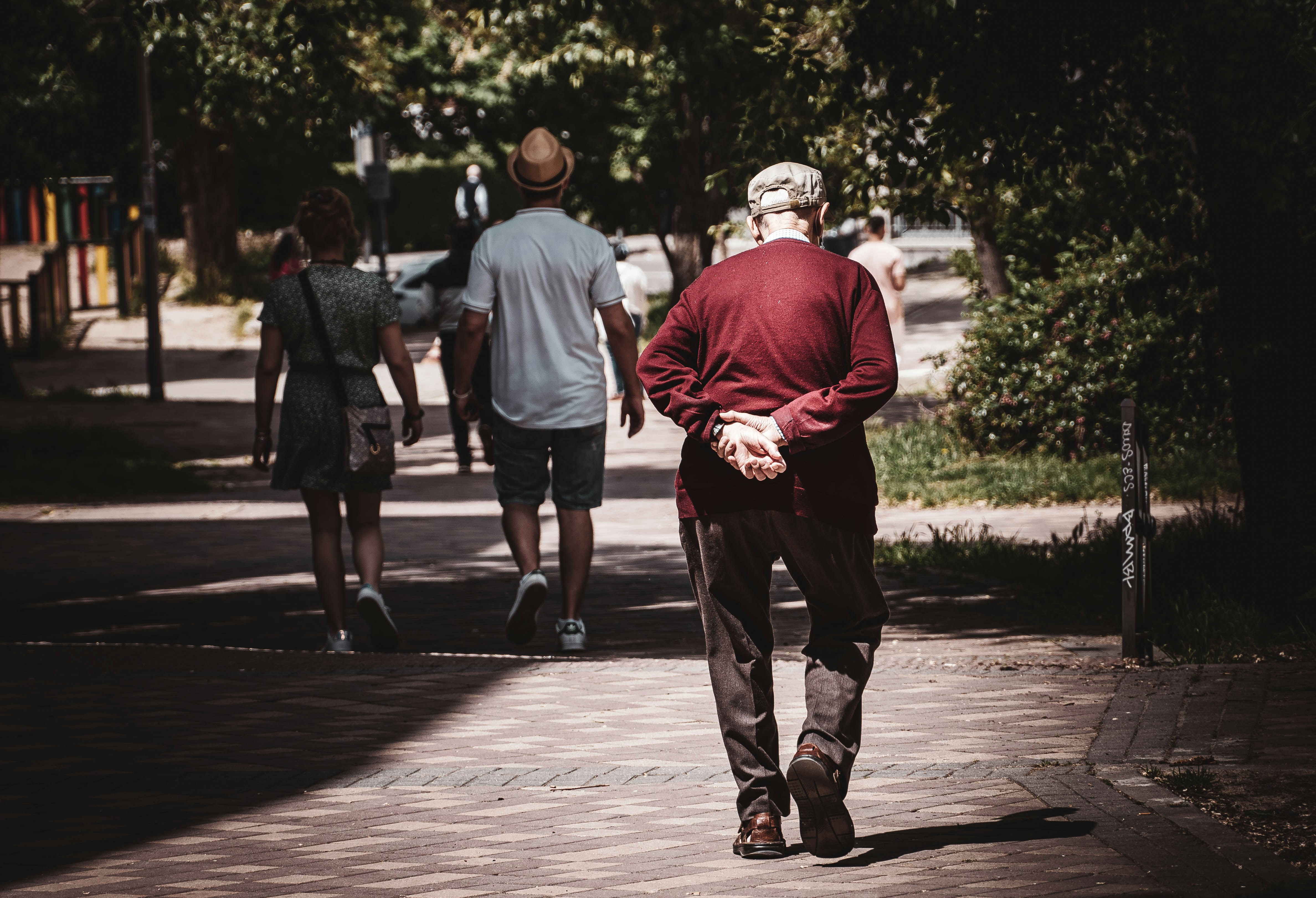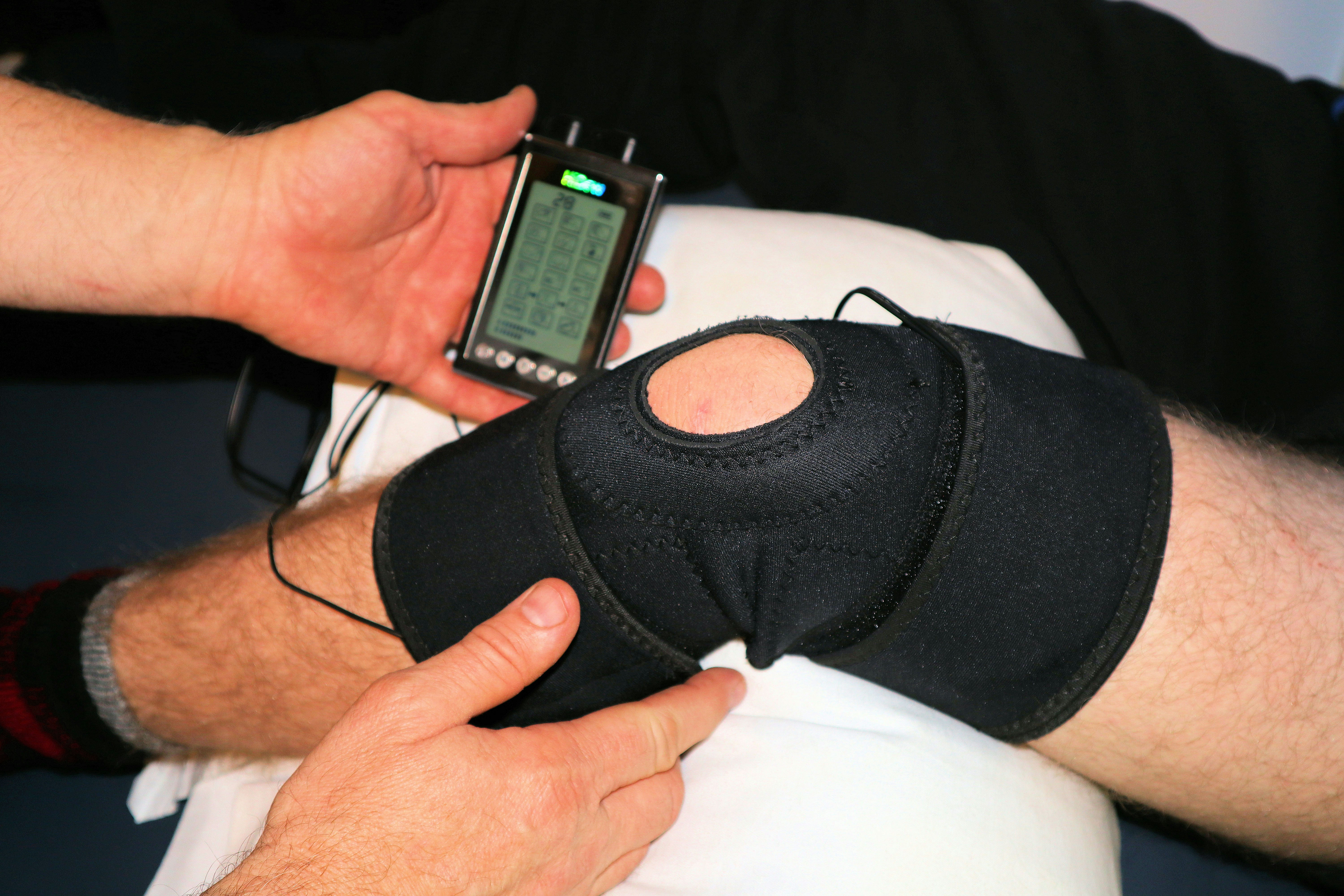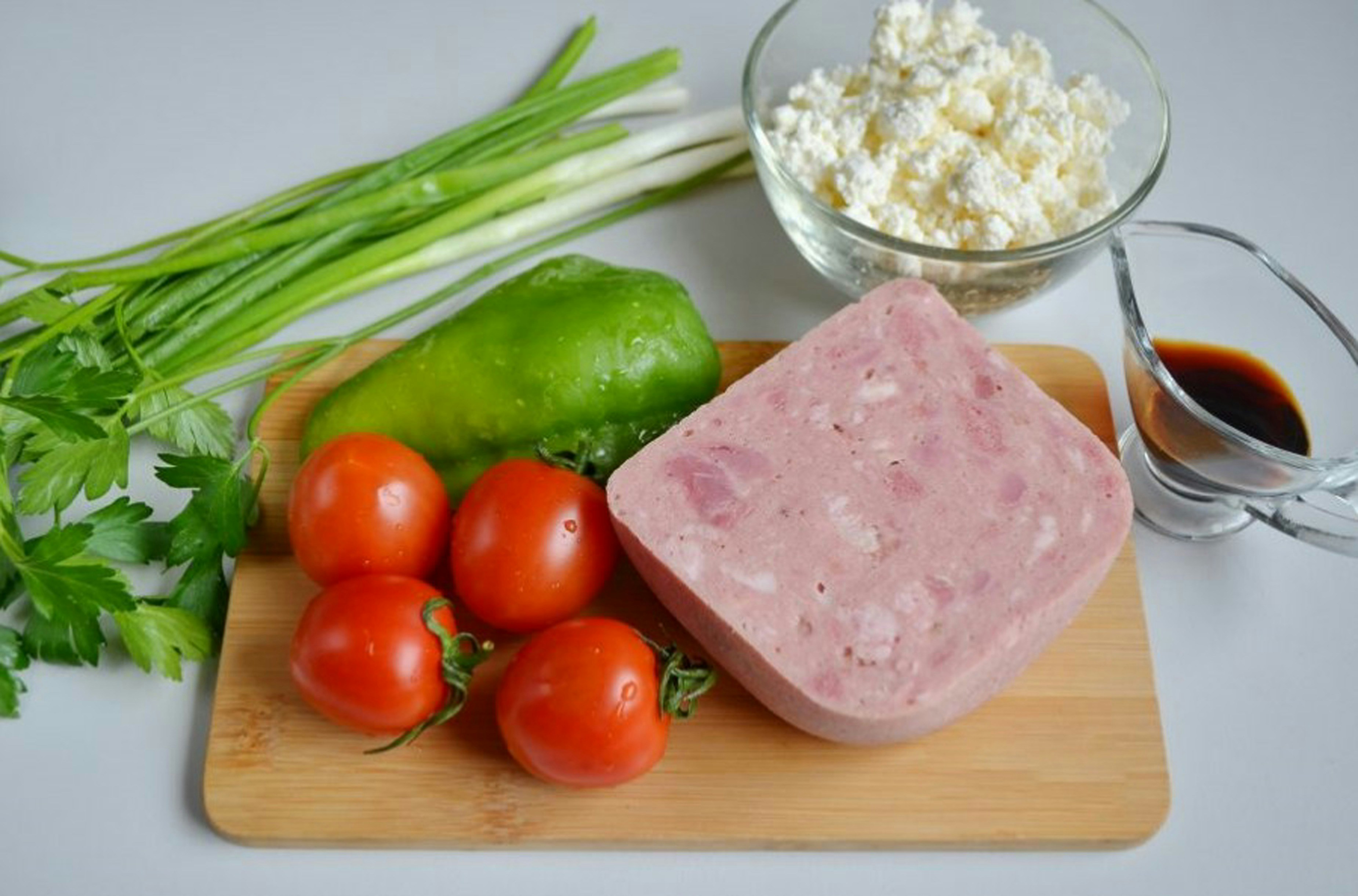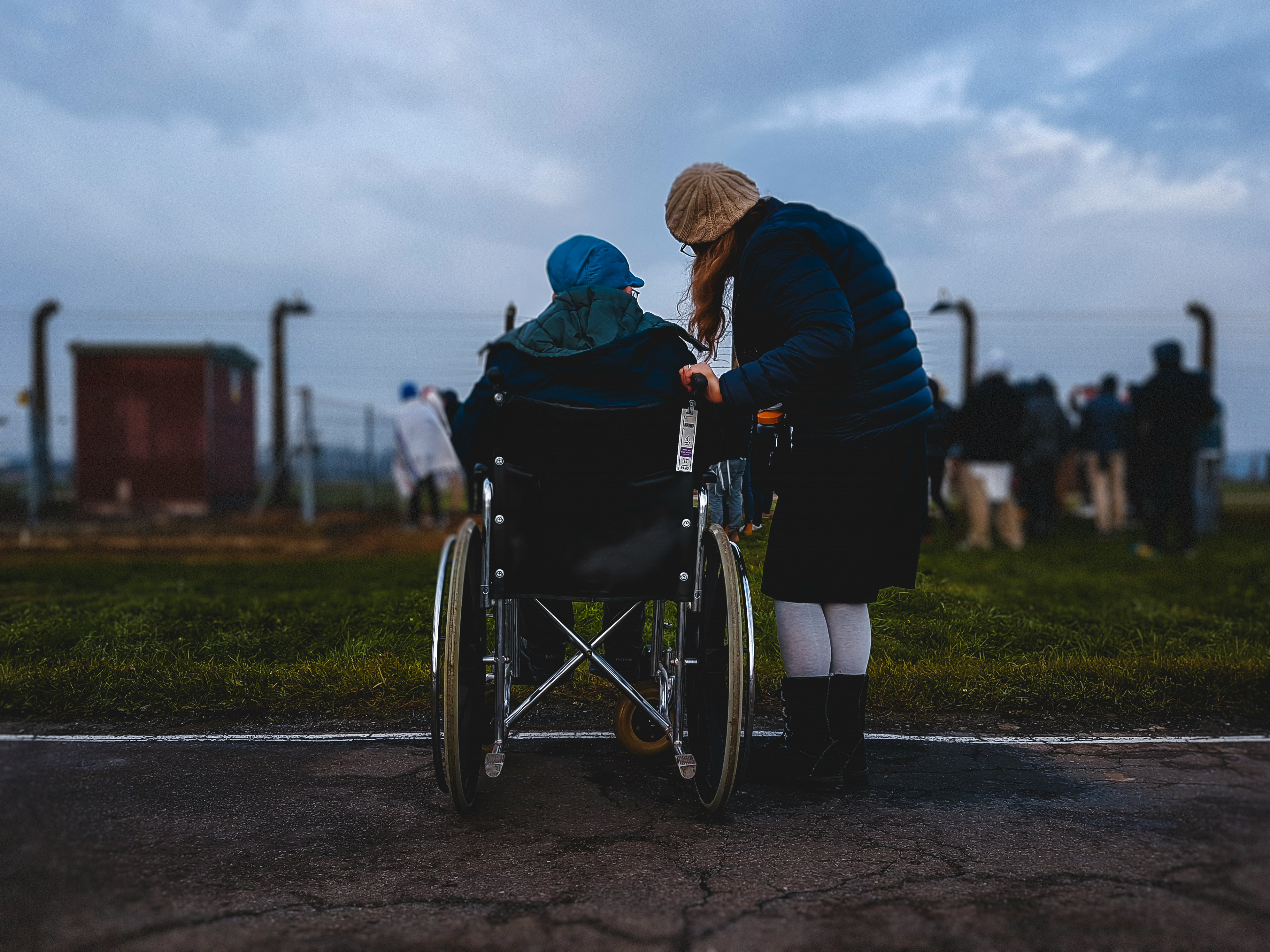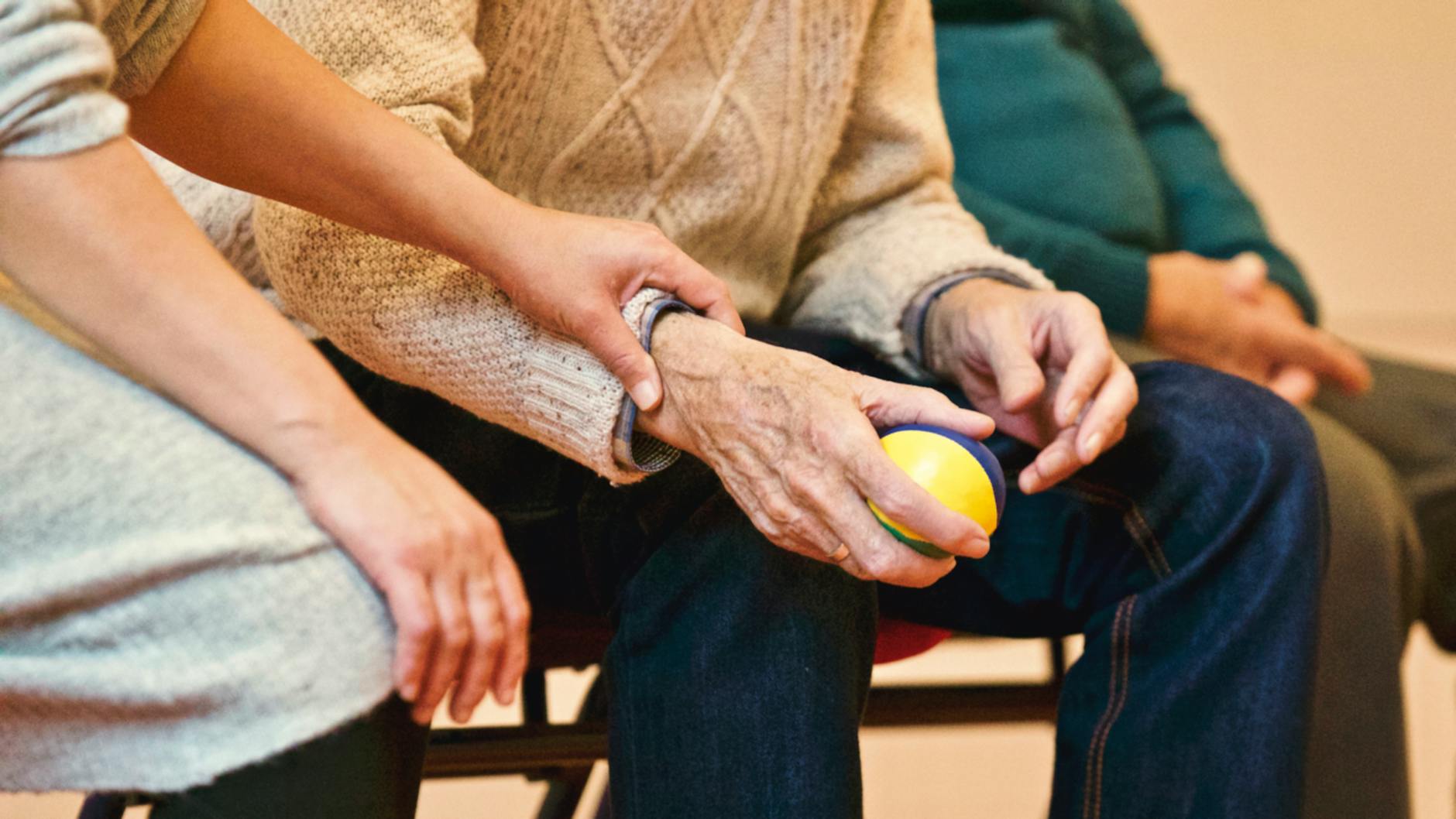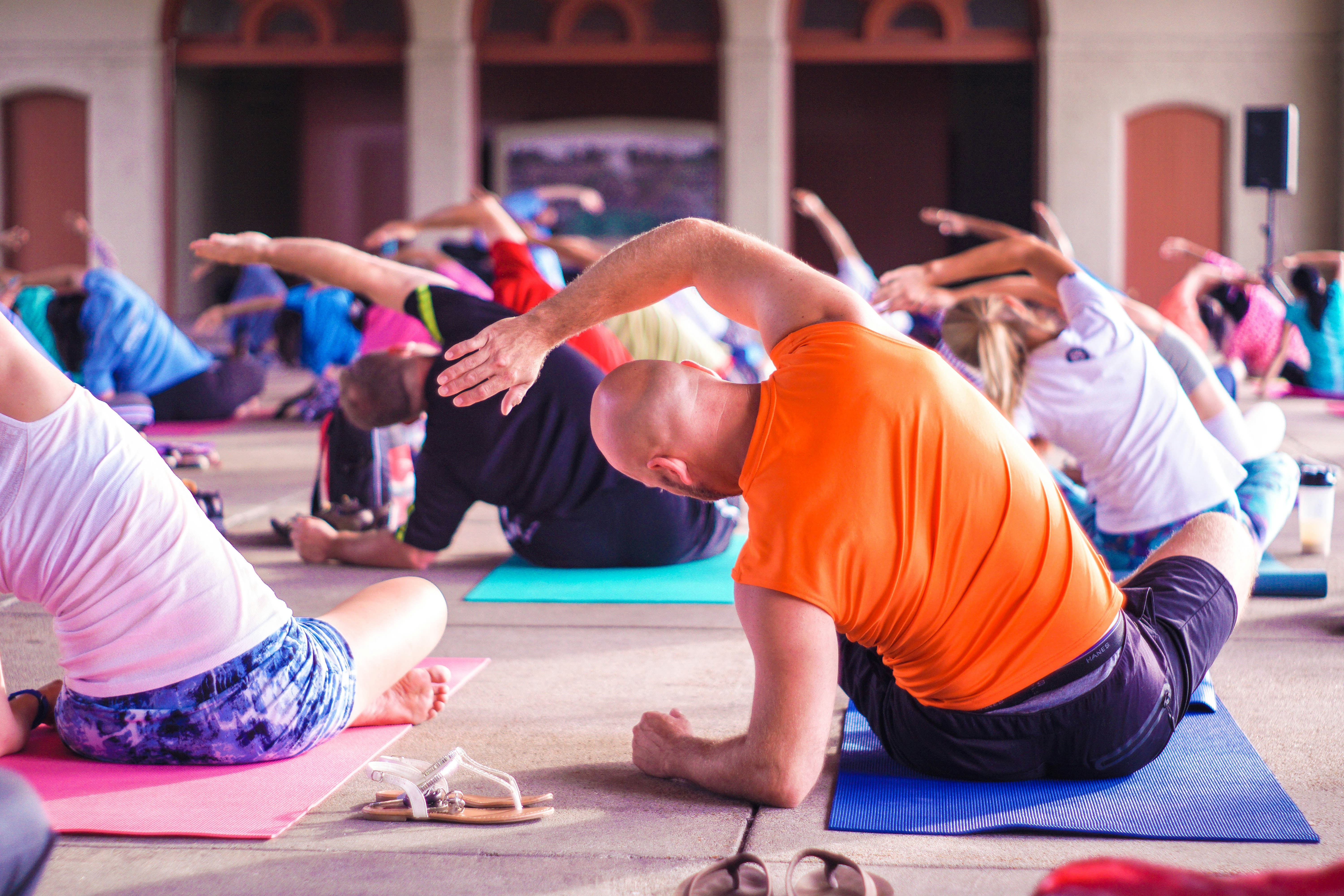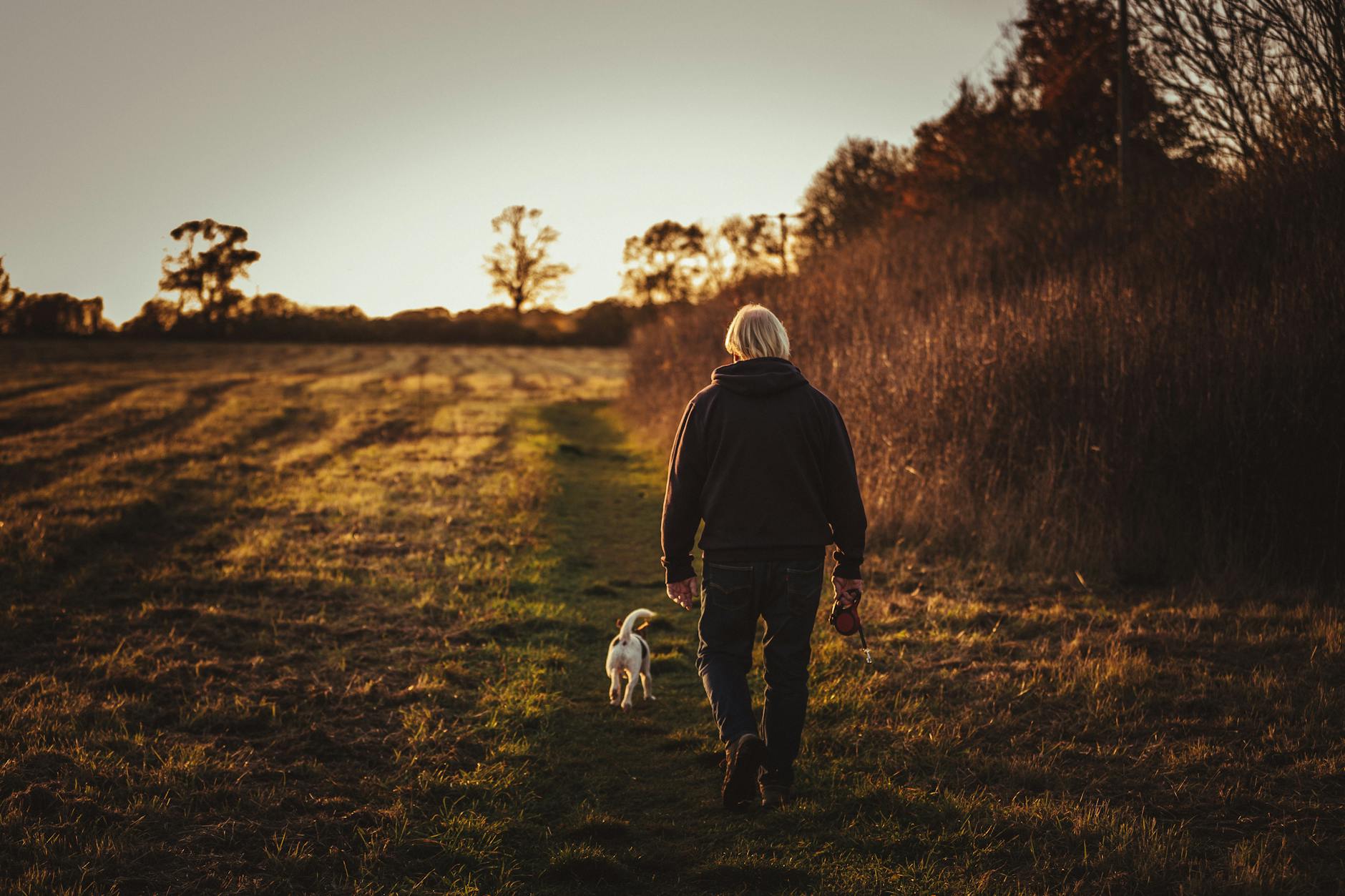How To Prevent Knee Pain In Old Age?
Prevent knee pain in old age! Discover muscle-building tips, healthy habits, and exercise routines for joint health.

Preventing Knee Pain in Old Age
Knee pain is a common concern among older adults, but there are steps that can be taken to prevent or minimize its occurrence. Two important factors to consider in preventing knee pain are the importance of muscle building and the impact of inflammatory foods.
Importance of Muscle Building
Building and maintaining strong muscles is crucial for supporting the knees and preventing knee pain. Weak muscles, particularly the quadriceps and hamstrings (the muscles on the front and back of the thighs), can contribute to knee injuries and discomfort. Engaging in muscle-building exercises, such as resistance training and weightlifting, can help strengthen these muscles and provide better support for the knees.

In addition to targeted muscle-building exercises, balance and stability training should also be incorporated into a fitness routine. These exercises help improve balance and coordination, making the muscles around the knees work more effectively and reducing the risk of falls and knee injuries.
Impact of Inflammatory Foods
Diet plays a significant role in joint health, including the health of the knees. Consuming a diet high in inflammatory foods can contribute to joint pain and inflammation. On the other hand, making dietary choices that help reduce inflammation can help prevent knee pain in old age.
Foods high in added sugars, saturated fats, and processed ingredients can promote inflammation in the body. It is advisable to limit the consumption of sugary drinks, processed snacks, and fried foods. Instead, focus on incorporating nutrient-rich foods into the diet, such as fruits, vegetables, whole grains, lean proteins, and healthy fats. These foods provide essential vitamins, minerals, and antioxidants that support joint health and reduce inflammation [2].
Omega-3 fatty acids, found in fatty fish like salmon and mackerel, have anti-inflammatory properties that can benefit joint health. Using olive oil in place of other fats and ensuring adequate intake of Vitamin C from sources like citrus fruits and leafy greens are also simple dietary steps to protect joint health and prevent knee pain in old age.
By focusing on muscle building and making anti-inflammatory dietary choices, individuals can take proactive measures to prevent knee pain and maintain optimal joint health as they age. These lifestyle choices, along with other healthy habits like staying hydrated, maintaining a healthy weight, and quitting smoking, can help reduce pressure on the knees and promote overall well-being [3].
Healthy Habits for Joint Health
Maintaining healthy habits is essential for promoting joint health and preventing knee pain in old age. By adopting certain practices, individuals can minimize the risk of knee problems and maintain mobility. Here are some key healthy habits to consider:
Hydration and Joint Health
Staying hydrated is crucial for overall health, including joint health. Drinking an adequate amount of water helps to keep the joints lubricated and functioning properly. It is recommended to drink at least 8 cups (64 ounces) of water per day, or more if engaging in physical activity. By staying hydrated, individuals can reduce the risk of joint discomfort and promote optimal joint function.
Weight Management Tips
Maintaining a healthy weight is crucial for reducing stress on the knees and other joints. Excess weight can put additional pressure on the knees, leading to increased wear and tear. For every extra pound in the body, there is an additional 3 pounds of pressure on the knees. Losing weight, even modest amounts, can have significant benefits for joint health. A weight loss of just 10 pounds can decrease knee stress by 30 pounds, alleviating strain on the joints and reducing the risk of knee pain.
Smoking Cessation Benefits
Quitting smoking is not only beneficial for respiratory health but can also have positive effects on joint health. Smoking has been linked to an increased risk of developing osteoporosis, a condition that weakens bones and can lead to joint problems. By quitting smoking, individuals can reduce the risk of bone loss and improve overall joint health. Additionally, smoking cessation can enhance circulation, which is important for delivering nutrients to the joints and promoting their health.
Incorporating these healthy habits into your lifestyle can help prevent knee pain in old age. By staying hydrated, maintaining a healthy weight, and quitting smoking, individuals can protect their joints, reduce the risk of knee problems, and improve overall joint health.
Sources:
Exercise and Knee Pain Prevention
Regular exercise plays a crucial role in preventing knee pain, especially in old age. It helps maintain joint health, strengthens muscles, and improves overall mobility. In this section, we will explore two important aspects of exercise for knee pain prevention: muscle strengthening exercises and the importance of regular physical activity.
Muscle Strengthening Exercises
Weak muscles are a leading cause of knee injuries and pain. Building up the muscles around the knee joint can provide support and stability, reducing the risk of injury. Specifically, focusing on strengthening the quadriceps and hamstrings, the muscles on the front and back of the thighs, can be beneficial. These exercises can include:
- Squats
- Lunges
- Leg presses
- Step-ups
- Leg extensions
- Hamstring curls
In addition to targeting the quadriceps and hamstrings, it's important to engage in balance and stability training. These exercises help improve the coordination and effectiveness of the muscles around the knees, enhancing joint stability and reducing the risk of falls and injuries.
Importance of Regular Physical Activity
Regular physical activity is essential for protecting the joints and maintaining joint health as you age. It helps with nutrient exchange for cartilage, reduces swelling, and strengthens the muscles around the knee joint, aiding in load sharing with the joints. Engaging in activities that promote cardiovascular endurance, such as walking, cycling, or swimming, can help improve overall fitness and support joint health.
Exercise is also crucial for increasing muscle strength to counteract the natural decrease in muscle mass that comes with aging. Strengthening the muscles around the knee joint can improve the body's ability to withstand pain and stress on the joint. Activities like weight training, resistance exercises, and water-based exercises like swimming or aqua aerobics can be particularly beneficial for strengthening the muscles around the knee joint.
Remember, before starting any exercise program, it's important to consult with a healthcare professional or a physical therapist. They can provide personalized recommendations based on your specific needs and help you design an exercise plan that is safe and effective for preventing knee pain in old age.
Dietary Choices for Joint Health
When it comes to preventing knee pain in old age, making the right dietary choices plays a crucial role. A well-balanced diet can help support joint health, reduce inflammation, and promote overall well-being. In this section, we will explore two key aspects of a joint-friendly diet: nutrient-rich foods and an anti-inflammatory diet.
Nutrient-Rich Foods
Consuming a variety of nutrient-rich foods is essential for maintaining healthy joints and preventing knee pain in old age. Here are some key food groups and their benefits:
Fruits and Vegetables: Fruits and vegetables are packed with vitamins, minerals, and antioxidants that can help support joint health. Citrus fruits, melons, kiwis, pineapples, and berries are particularly rich in antioxidants, which can help reduce inflammation and promote healthy bones and joints [6].
Lean Protein: Including lean protein sources, such as nuts, beans, eggs, skinless chicken, lean meat, and fish, in your diet can provide essential nutrients that support joint health. Protein is important for maintaining muscle strength, which helps support the joints and reduces the risk of knee pain.
Healthy Fats: Healthy fats, such as those found in fatty fish rich in omega-3 fatty acids (salmon, tuna, mackerel, herring), nuts, seeds, and olive oil, can help reduce joint inflammation and promote overall joint health. These fats have anti-inflammatory properties that can contribute to a healthier and pain-free knee joint.
Whole Grains: Opting for whole grains like brown rice, whole wheat bread, quinoa, and oats instead of refined grains can provide important nutrients like fiber, vitamins, and minerals. These nutrients support overall health and can help maintain a healthy weight, which is beneficial for joint health [7].
Anti-Inflammatory Diet
Following an anti-inflammatory diet can help minimize joint pain and reduce the risk of knee pain in old age. This type of diet focuses on consuming foods that have anti-inflammatory properties. Here are some key components of an anti-inflammatory diet:
Fruits and Vegetables: As mentioned earlier, fruits and vegetables are rich in antioxidants and anti-inflammatory compounds. Including a wide variety of colorful fruits and vegetables in your diet can help reduce inflammation and support joint health.
Healthy Fats: Incorporating healthy fats like olive oil, avocados, and nuts into your diet can help reduce inflammation. These fats contain monounsaturated and polyunsaturated fats, which have anti-inflammatory effects that can benefit your joints.
Lean Protein: Choosing lean protein sources like fish, poultry, legumes, and tofu can help reduce inflammation. These protein sources are lower in saturated fats compared to red meat, which can contribute to inflammation in the body.
Whole Grains: Opting for whole grains over refined grains can help reduce inflammation. Whole grains are higher in fiber, vitamins, and minerals, which can have anti-inflammatory effects. Examples of whole grains include whole wheat, brown rice, quinoa, and oats.
By incorporating nutrient-rich foods and following an anti-inflammatory diet, you can support joint health and minimize the risk of knee pain in old age. Remember to consult with a healthcare professional or a registered dietitian for personalized dietary recommendations and guidance.
Community Engagement and Support
When it comes to preventing knee pain in old age, community engagement and support play a significant role. Connecting with others who are experiencing similar challenges can provide numerous benefits for maintaining joint health and overall well-being.
Benefits of Arthritis Community
Getting involved with the arthritis community can provide access to the latest information and resources to help individuals live their best lives while managing knee pain [4]. Here are some key benefits of being part of an arthritis community:
- Knowledge and Education: Being connected to the arthritis community allows individuals to stay informed about advancements in treatments, therapies, and lifestyle modifications. This knowledge can empower them to make informed decisions about their joint health.
- Support and Encouragement: Interacting with others who understand the challenges of living with knee pain can provide a sense of validation and emotional support. Sharing experiences, tips, and strategies can be comforting and inspiring, fostering a sense of belonging.
- Motivation for Healthy Habits: Being part of a community can inspire individuals to adopt and maintain healthy habits. Seeing others successfully manage their knee pain and engage in activities that promote joint health can serve as motivation to stay committed to their own wellness journey.
Resources for Joint Health
Arthritis organizations and communities offer a wealth of resources to support individuals in preventing knee pain and maintaining joint health. These resources can include:
- Educational Materials: Arthritis foundations and organizations provide informative articles, brochures, and publications that cover various aspects of joint health, from exercise tips to nutrition guidelines. These resources can be valuable references for caregivers and individuals seeking to prevent knee pain in old age.
- Online Support Communities: Virtual support groups and forums allow individuals to connect with others facing similar challenges. These communities provide a platform for sharing experiences, asking questions, and offering support and advice.
- Educational Events and Webinars: Arthritis organizations often host educational events and webinars featuring medical experts, physical therapists, and other professionals. These events provide opportunities to learn about the latest research, treatments, and strategies for preventing knee pain.
- Local Support Groups: Many arthritis organizations facilitate local support groups where individuals can meet in person to share experiences, seek advice, and participate in joint-friendly activities. These groups often organize educational sessions, exercise classes, and social events.
By engaging with the arthritis community and taking advantage of the available resources, caregivers and individuals can gain valuable knowledge, support, and guidance in their journey towards preventing knee pain and maintaining optimal joint health.
Comprehensive Exercise Program
To prevent knee pain and maintain joint health in old age, a comprehensive exercise program is essential. This program should include exercises that target cardiovascular endurance, flexibility training, and strength building. By incorporating all three components into your routine, you can improve the overall health and function of your knees.
Cardiovascular Endurance
Regular exercise is crucial for protecting joints and maintaining joint health as you age, according to the Arthritis Foundation. Engaging in cardiovascular exercises helps improve blood circulation, which nourishes the joints and promotes their health. It is recommended to aim for at least 150 minutes of moderate-intensity aerobic exercise per week [8].
Examples of cardiovascular exercises that are gentle on the knees include:
- Walking
- Swimming
- Cycling
- Water aerobics
- Low-impact aerobics
By incorporating these exercises into your routine, you can improve your cardiovascular endurance while minimizing the impact on your knees.
Flexibility Training
Flexibility training is crucial for maintaining joint mobility and reducing the risk of knee pain. Stretching exercises help to improve the range of motion in your joints and alleviate stiffness. Therapeutic exercises such as clamshells, straight-leg lifts, sit/stands, step-ups, and glute bridges are beneficial for relieving knee pain. It's important to start with a low number of repetitions and gradually increase them to avoid overexertion.
By incorporating flexibility exercises into your routine, you can enhance the flexibility and mobility of your knee joints, reducing the risk of discomfort and pain.
Strength Building Exercises
Strengthening the muscles around the knee joint is essential for providing support and reducing the risk of knee pain in old age. Strong muscles help stabilize the knee joint and absorb shock, thereby decreasing the strain on the joint.
Engaging in strength-building exercises helps improve the body's ability to withstand pain and stress on the knee joint. Activities such as weight training, resistance exercises, walking, swimming, or aqua aerobics can be beneficial in strengthening the muscles around the knee joint. Some recommended exercises to strengthen the knee joints and surrounding muscles include:
- Quad sets
- Straight leg raises
- Squats
- Leg curls
- Inchworms
- Clamshells
- Bridging
- Planks
By incorporating these exercises into your routine, you can strengthen the muscles around your knee joints, improve joint stability, and reduce the risk of knee pain.
Remember, before starting any exercise program, it's important to consult with a healthcare professional or physical therapist, especially if you have pre-existing knee conditions or concerns. They can provide personalized guidance and recommendations based on your specific needs and abilities.
References
[1]: https://www.mayoclinic.org/diseases-conditions/knee-pain/symptoms-causes/syc-20350849
[2]: https://www.webmd.com/osteoarthritis/osteoarthritis-diet
[3]: https://www.webmd.com/healthy-aging/features/knee-pain-aging
[4]: https://www.arthritis.org/health-wellness/healthy-living/managing-pain/joint-protection/tips-for-healthy-knees
[5]: https://www.aarp.org/health/healthy-living/info-2022/exercises-for-knee-pain.html
[6]: https://www.caryortho.com/10-foods-that-help-reduce-joint-pain/
[7]: https://www.webmd.com/pain-management/knee-pain/body-weight-knee-pain




